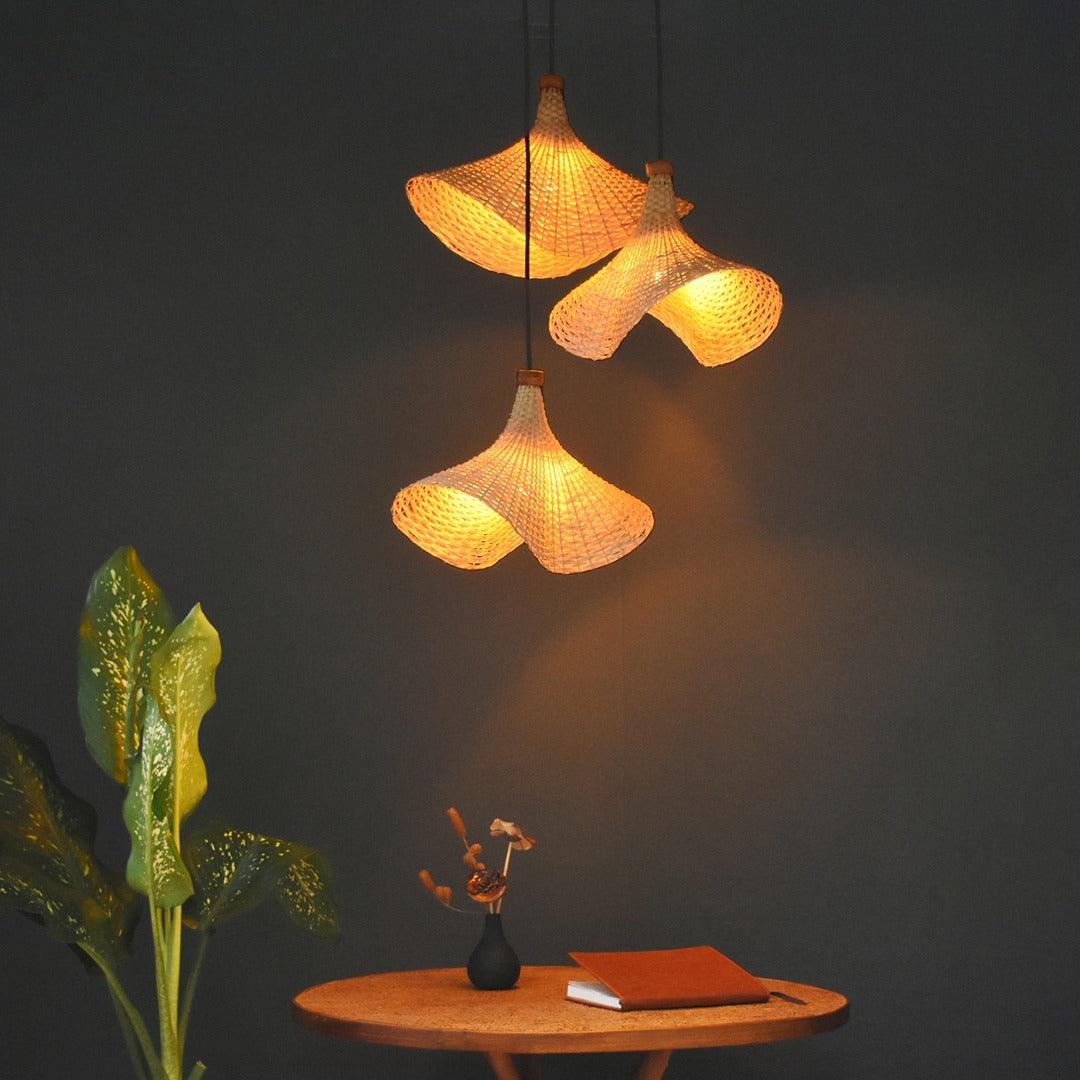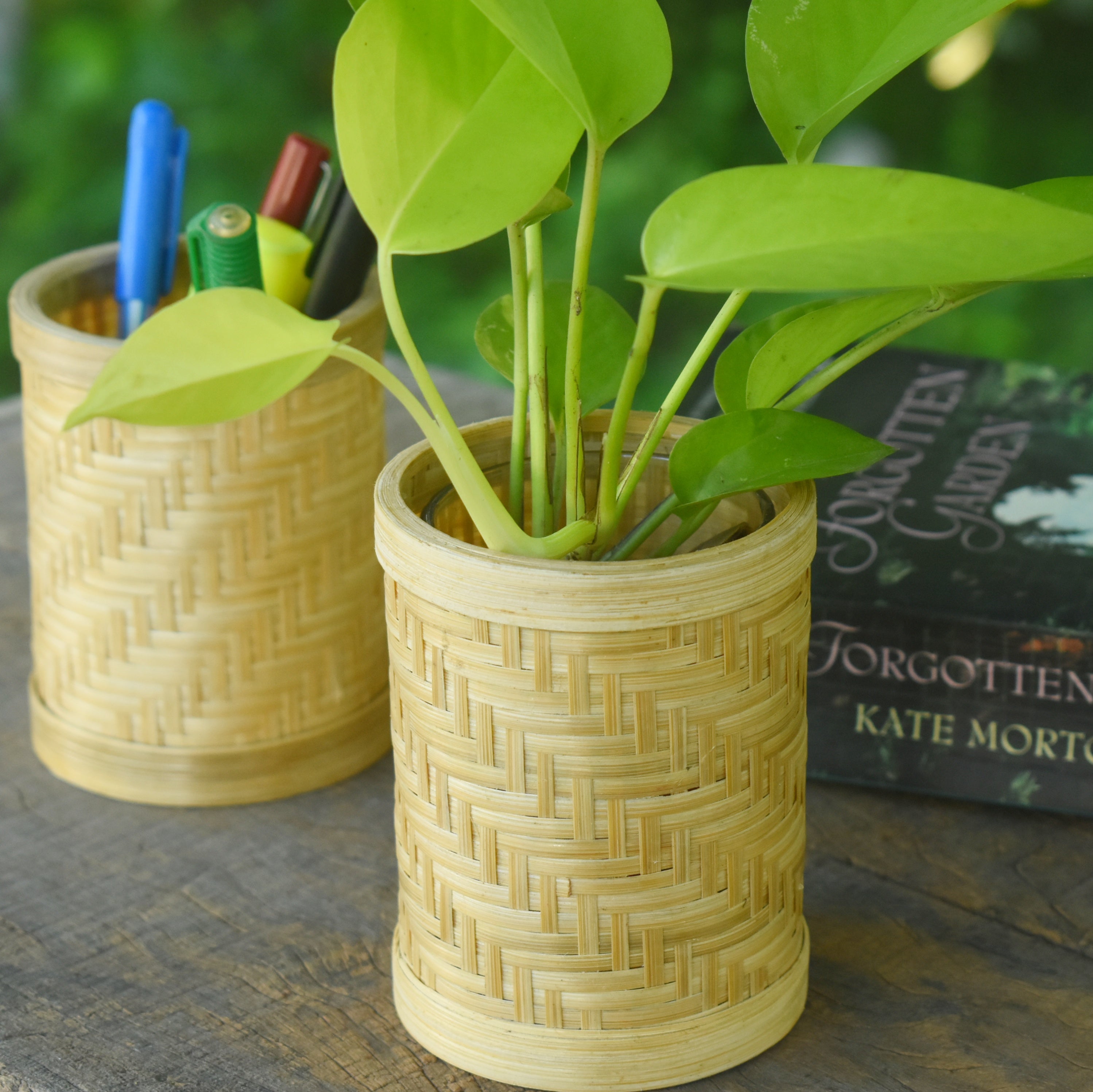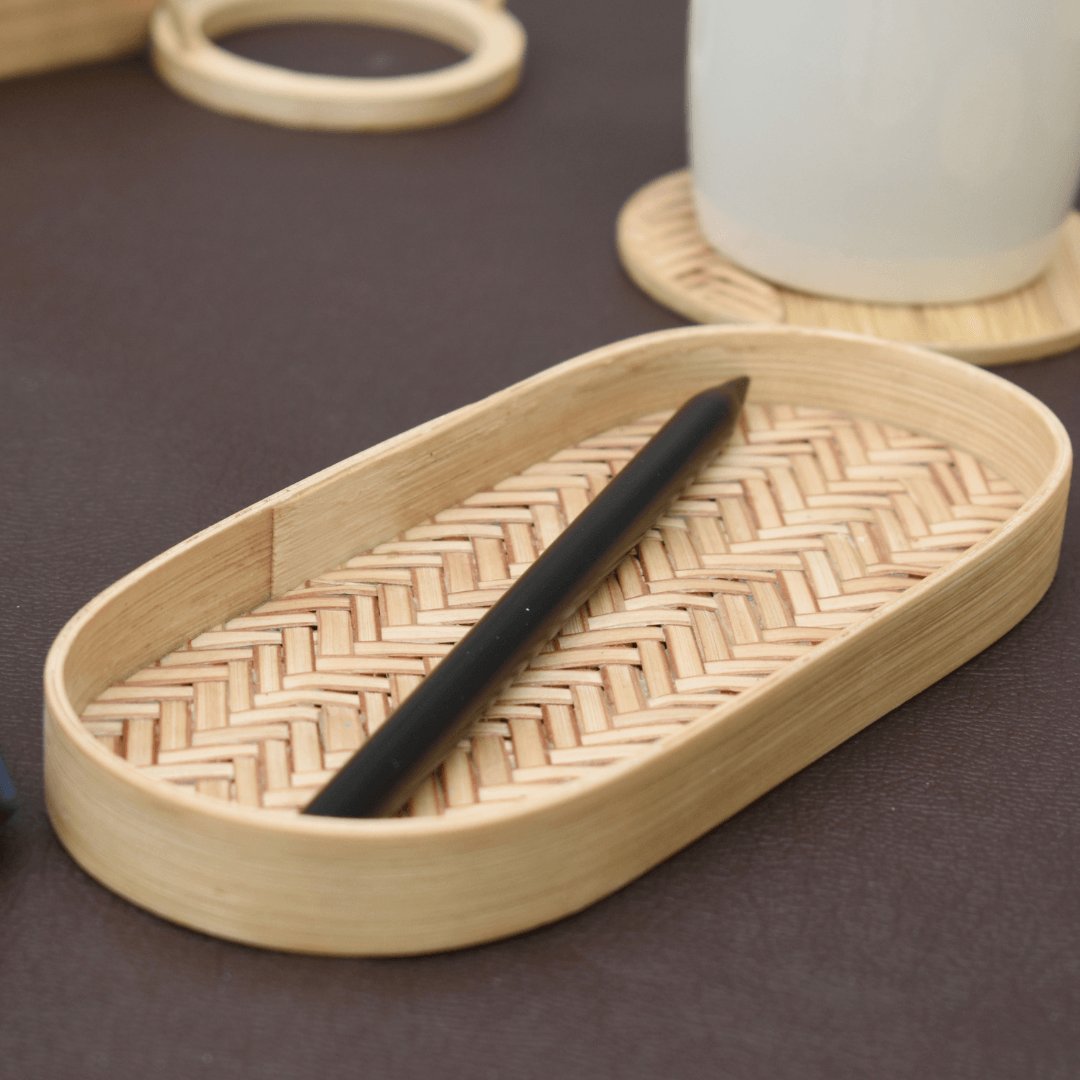The top 8 Surprising Facts About Bamboo and How They Influence the past
Have you ever found yourself overwhelmed by the vast amount of information available when researching bamboo's history? With so many things, it's no wonder that bamboo history can seem like a complex topic to navigate. But fear not, this blog is here to provide you with a general understanding of bamboo's history.
Bamboo, a versatile and fast-growing plant, has captivated humans for centuries. Let's delve into its fascinating history and explore its diverse uses.
Table of contents
- Origins and Historical Significance of Bamboo
- Cultural Uses of Bamboo
- Economic Importance of Bamboo
- Environmental Benefits of Bamboo
- Types of Bamboo and Their Characteristics
- Bamboo in Architecture and Construction
- Bamboo in Arts and Crafts
- Sustainable Farming and Harvesting Practices of Bamboo
- Conclusion: The Future of Bamboo
Origins and Historical Significance of Bamboo
People have used bamboo in Asia for many things for over 5,000 years. Ancient Chinese records show that they utilized bamboo for construction and daily life.
Archaeologists have found that bamboo was a versatile resource. People used it to build homes, fences, and tools. It sprouted and grew and could adapt to different climates. This made it a valuable asset for early civilizations. It influenced their architecture and culture.
Bamboo has practical uses and also has important symbolic meanings. Throughout history, bamboo has held important symbolic meanings. In Chinese culture, it represents honesty, strength, and adaptability.
You can often find it in stories and pictures. The philosophy of Confucianism emphasizes the virtues of bamboo. It promotes strength, honesty, and flexibility. Bamboo has become a symbol of strength and humility in Chinese culture. This duality has changed Chinese life in many ways, including poetry and martial arts.
Bamboo has been vital to many cultures, beyond China. People in Southeast Asia, India, and Africa have used bamboo in many different ways. They have used it for building things, as food, tools and furniture.
The plant has played a vital role in traditional crafts and architecture in India. In Japan they celebrated in tea ceremonies and festivals. Bamboo's historical significance goes beyond its physical presence. This plant symbolizes the link between nature and culture.
Cultural Uses of Bamboo
Bamboo has celebrated in Japan for centuries, symbolizing purity and simplicity. It has incorporated into various art forms, such as ikebana and bamboo crafting. During festivals, bamboo used to create decorations. Bamboo shoots featured in traditional cuisine.
In many indigenous cultures, bamboo has been essential for crafting everyday items. The Zulu and Xhosa people have used bamboo for weaving, building, and medicine.
Bamboo is a versatile plant that provides functional and beautiful materials.. This knowledge has passed down from generation to generation. It shows how resourceful these communities are and their close connection to nature.
Moreover, bamboo has found its place in contemporary art and design. Artists around the world are using bamboo for sculptures and installations.
Bamboo's unique textures and shapes are inspiring them. This renewed interest in bamboo celebrates its history.
It also promotes cultural exchange as artists share ideas and techniques. Bamboo is a versatile material with many cultural uses. It connects tradition and modernity
Economic Importance of Bamboo
Bamboo is a valuable resource used in many industries worldwide. Bamboo is becoming a popular sustainable alternative to timber in construction.
The rapid growth rate of some species makes them a renewable resource. It will reach maturity in three to five years, alleviating deforestation.
Many countries are planting more bamboo. Bamboo is an eco-friendly building material. This creates jobs and helps local economies.
Bamboo used in many ways besides construction. Bamboo fibers are becoming popular in textiles and consumer goods. They are soft and have antibacterial properties.
People like using bamboo for clothing, towels, and other household items. The textile industry is using more bamboo because it's a sustainable option. This helps small-scale farmers who grow bamboo and supports a green economy.
Bamboo shoots are a popular food in many Asian countries and are a valuable part of the food industry. The global market for bamboo products is expanding.
This provides farmers with extra income. These products include bamboo shoots and health supplements.
As more people learn about bamboo's benefits, its economic importance will likely increase. This will lead to new and innovative uses for bamboo, which can further boost local economies.
Environmental Benefits of Bamboo
Bamboo is a natural wonder, offering many ecological benefits. It's a carbon-sequestration powerhouse, capturing more CO2 than many trees.
This helps combat climate change and provides a sustainable material source. Bamboo grows quickly and has strong roots. This helps to stabilize the soil, prevent erosion, and promote healthy ecosystems.
Plus, it's incredibly water-efficient, making it perfect for regions with water scarcity. Bamboo can thrive in various climates and regrows quickly after harvesting. This resilience supports biodiversity and helps restore degraded lands.
Additionally, bamboo's role in promoting sustainable agriculture can't overlooked. Farmers can use bamboo in agroforestry systems to help crops grow better.
Bamboo can improve the soil, create a better climate for plants, and provide shade. This can lead to higher crop yields. Bamboo is a sustainable resource. It can help protect the environment and support people's needs.
Types of Bamboo and Their Characteristics
Bamboo belongs to the Poaceae family and has over 1,400 species. Each species has different features. Moso bamboo is a type of bamboo found in China. It known for its size and strength. Its culms can grow up to 28 meters tall.
Guadua bamboo is native to South America. It is very strong and durable. This makes it a popular choice for construction. Dendrocalamus giganteus, or giant bamboo, can grow up to 50 meters tall.
Bambusa vulgaris, or common bamboo, is widely cultivated for many uses. The diversity of bamboo species shows its adaptability and versatility. This means it can used for many different things.
Bamboo in Architecture and Construction
Architects and builders are using bamboo more and more in their buildings. Bamboo is a good building material because it is light but strong. It is also better for the environment than steel and concrete.
Bamboo looks great and fits well with nature and making it's a popular choice for home decor, celebrated for its aesthetic appeal and structural integrity.
Elora Hardy is an architect who started a design firm called Ibuku in Bali. Ibuku specializes in bamboo structures. These projects combine traditional craftsmanship with contemporary aesthetics.
They highlight the beauty of bamboo and promote sustainable living. Hardy's work is inspiring a new generation of architects to think differently about building materials.
Bamboo is a sustainable material that grows quick and can used in urban planning. This can help reduce the environmental impact of construction as cities grow larger.
Bamboo can grow in many different climates, so it can used in different places. This means it can sourced locally, which reduces transportation emissions. Bamboo may be the key to greener, more sustainable cities in the future.
Bamboo in Arts and Crafts
Bamboo is a popular material for arts and crafts. Artisans use bamboo to make beautiful and useful items. Bamboo is flexible, so it used for many different designs. In many cultures, bamboo crafting is a tradition that is passed down from parents to children.
The unique sound of bamboo musical instruments resonates with musicians in Asia. It's a popular choice for traditional and modern compositions. Festivals celebrate bamboo music and dance, reinforcing its cultural significance
Bamboo's aesthetic appeal has made it a popular choice for artists. Its slender stalks and lush foliage have inspired paintings, installations, and sculptures.
Artists are becoming more aware of how their materials harm the environment. Many are choosing bamboo as a sustainable option. This shows that bamboo is beautiful and can inspire people from all over the world.
Sustainable Farming and Harvesting Practices of Bamboo
Sustainable farming is important for bamboo. Bamboo can grow back quick after harvesting, unlike traditional timber.
This means it can be harvest often without harming the environment. Bamboo is a sustainable crop because it can be harvest every three to five years.
Farmers employing agroforestry methods can enhance the ecological benefits of bamboo cultivation. Bamboo can be grow alongside other crops to create diverse ecosystems.
This helps improve soil health and biodiversity. The plants work together, increasing productivity and providing habitats for different species. This is good for the environment.
Moreover, responsible harvesting techniques are crucial to ensuring the longevity of bamboo forests. Selective harvesting is a sustainable bamboo farming practice.
It involves cutting only mature culms, which minimizes damage to the ecosystem. Younger plants can then grow without disturbance.
Avoiding clear-cutting also helps protect the forest's structure. This prevents erosion and promotes new growth. Bamboo farming could be a great way to farm sustainable.
Conclusion: The Future of Bamboo
The future of bamboo looks promising. It's becoming a popular choice for innovation and sustainability. Bamboo is a good choice for eco-friendly practices. It is a great option as we face environmental problems.
It used in many industries, like construction and textiles. This makes it a key player in the global move towards sustainable materials.
Bamboo is getting more attention from governments and organizations. This will lead to better bamboo products. This focus on bamboo promotes economic development and environmental safekeeping.
Architects, artisans, and farmers can collaborate to discover more innovative applications for bamboo.
Bamboo has a long and rich history, proving its strength and ability to adapt. By using bamboo, we can respect our past traditions and build a future that is good for the environment.
As we learn more about bamboo, we can imagine a world where it helps us create homes and places that are both beautiful and sustainable.
Embrace the beauty and sustainability of bamboo with our unique collection of handcrafted products!

From elegant bamboo lights to functional organizers and eco-friendly home decor, our products offer a touch of nature in every room.


















